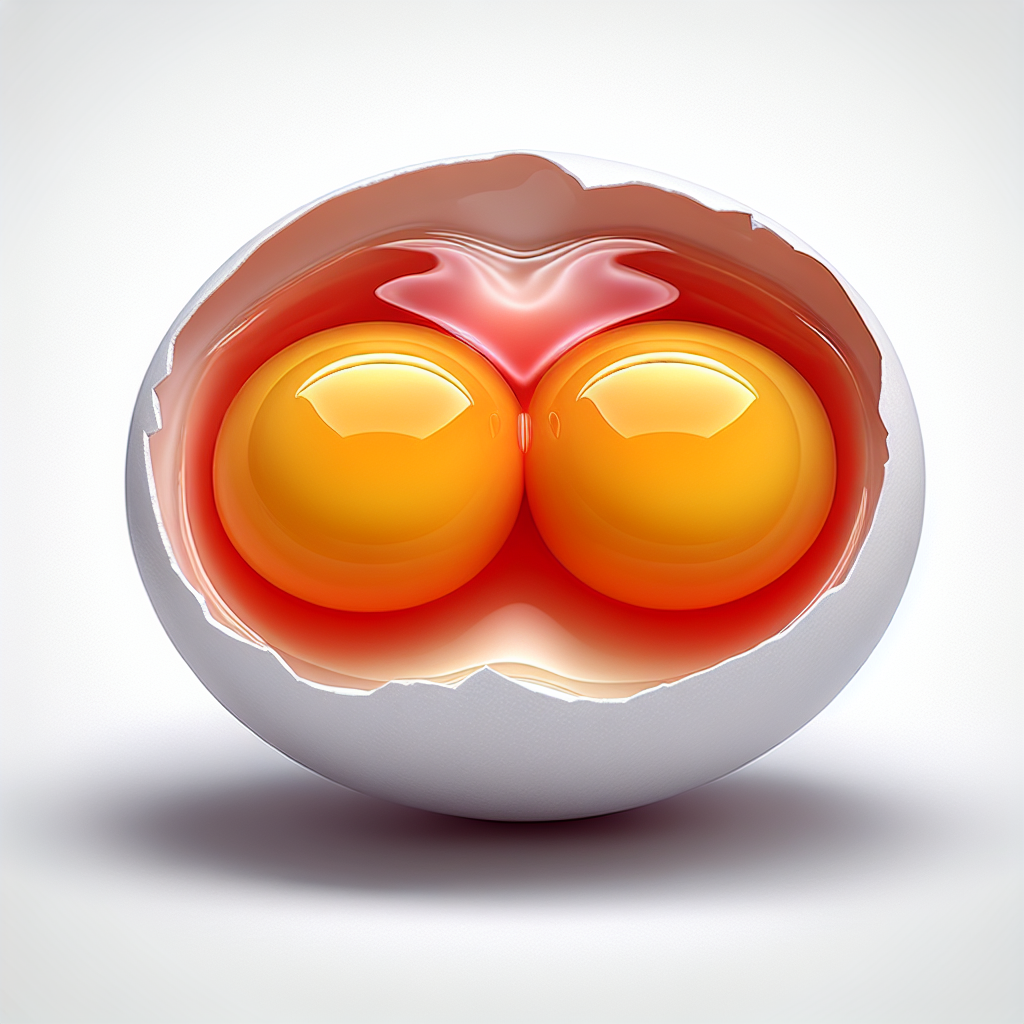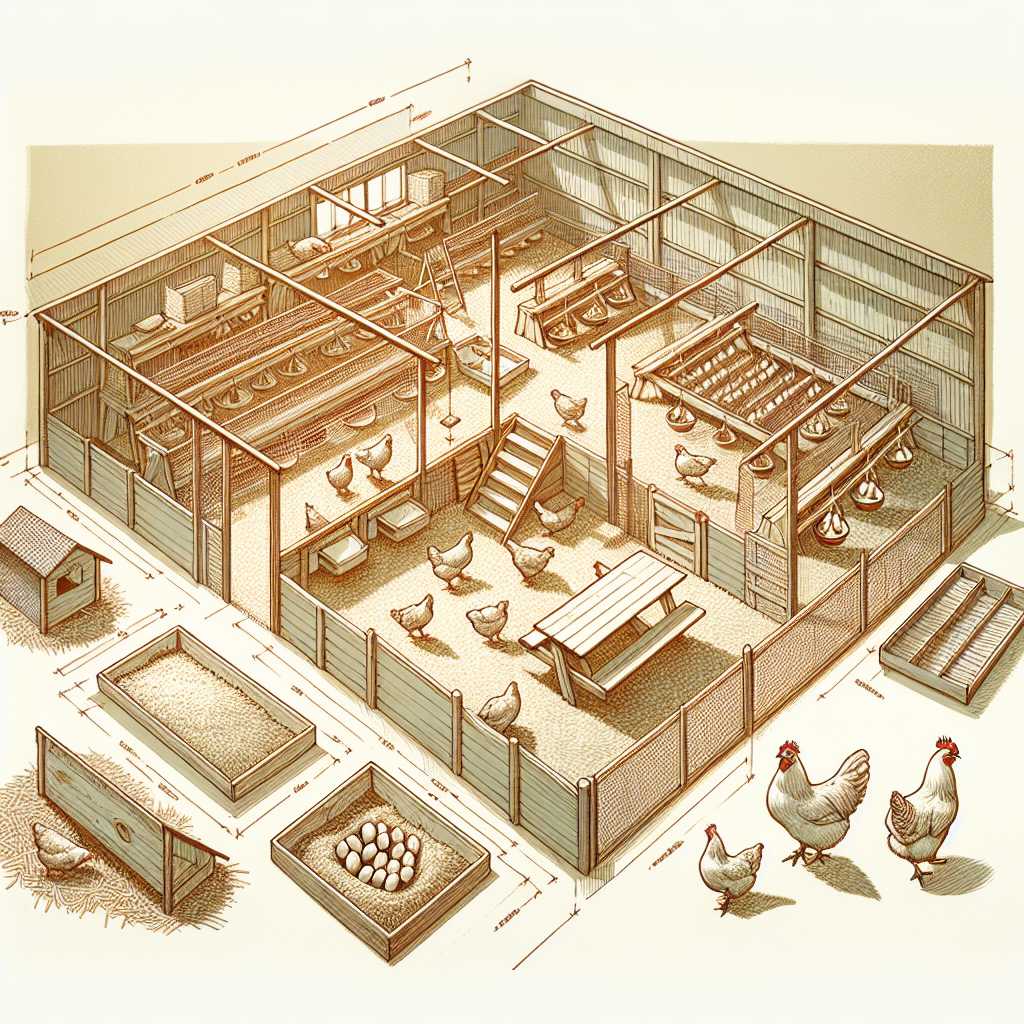Did you know that lighting conditions play a crucial role in the egg production of hens? It may come as a surprise, but the amount and quality of light that hens are exposed to can directly affect their laying patterns. In this article, we will explore the fascinating connection between lighting conditions and egg production in hens and uncover the ways in which farmers can optimize this relationship to ensure consistent and optimal egg output. So, get ready to discover the impact of lighting conditions on our feathered friends’ productivity!
Effects of Natural Lighting Conditions
Sunlight and Egg Production
Natural sunlight plays a crucial role in regulating egg production in hens. The intensity and duration of sunlight exposure influence the reproductive hormones, such as follicle-stimulating hormone (FSH) and luteinizing hormone (LH), which are responsible for ovulation and egg production. Sunlight also helps facilitate the synthesis of vitamin D in hens, which is essential for calcium absorption and eggshell formation.
Day Length and Egg Production
The length of daylight, also known as photoperiod, greatly affects egg production in hens. As the days become shorter during the fall and winter months, the reduced exposure to natural light can cause a decrease in egg production. Similarly, during the longer daylight hours of spring and summer, hens are stimulated to lay more eggs. This natural response to day length variation is an inherent part of a hen’s reproductive cycle.
Seasonal Variations in Egg Production
Seasonal changes have a significant impact on egg production in hens. As winter approaches and daylight hours diminish, hens naturally reduce their egg-laying frequency. This is a biological adaptation to conserve energy during periods of lower food availability and harsh weather conditions. Conversely, during the warmer months, increased exposure to sunlight and longer days stimulate hens to lay eggs more frequently.
Artificial Lighting and Egg Production
Role of Artificial Lighting
Artificial lighting is widely used in the poultry industry to control and manipulate the lighting conditions for optimal egg production. By supplementing natural light with artificial lighting, farmers can extend the day length and ensure consistent lighting conditions for the hens. This artificial environment helps to maintain a consistent egg production rate throughout the year, regardless of natural variations in daylight.
Optimal Lighting Schedule
To optimize egg production, it is crucial to establish an appropriate lighting schedule for the hens. Typically, a 14-16 hour light period is recommended, followed by an 8-10 hour dark period. This mimics the natural daylight patterns during the peak egg-laying seasons. However, it is essential to gradually adjust the lighting schedule to avoid causing stress or disrupting the hen’s natural biological rhythms.
Duration and Intensity of Artificial Light
The duration and intensity of artificial light are essential factors in determining the impact on egg production. Providing adequate light intensity that simulates natural sunlight is crucial to ensure proper hormonal regulation in hens. Additionally, maintaining consistent and appropriate light duration helps to promote consistent egg production rates throughout the year. Adjusting the lighting conditions based on the specific needs and requirements of the hen breed or production system is essential for optimizing egg production.
Specific Lighting Conditions and Egg Quality
Blue Light and Egg Quality
Blue light has been found to have a positive impact on egg quality. Research suggests that exposing hens to blue light can improve eggshell strength, reduce breakages, and increase egg weight. The blue light spectrum appears to enhance calcium metabolism and improve the deposition of minerals in the eggshell, resulting in stronger and more resilient shells.
Red Light and Egg Quality
Red light has been observed to have potential benefits for egg quality as well. Studies have shown that exposing hens to red light can reduce the incidence of stress-related behaviors and improve feather condition. These positive effects contribute to a better overall welfare of the hens, and indirectly impact egg quality by minimizing stress-induced disruptions in the physiological processes of egg formation.
Green Light and Egg Quality
Green light has also been investigated for its impact on egg quality. Preliminary findings suggest that green light exposure can reduce the occurrence of blood spots in eggs, possibly due to its ability to induce a calming effect on hens. However, further research is needed to fully understand the potential benefits of green light on egg quality and the underlying mechanisms involved.
Lighting Conditions and Feed Consumption
Effects on Appetite
Lighting conditions can influence the feed consumption of hens. Brighter light levels have been observed to stimulate hens to eat more, leading to increased feed intake. Conversely, dimmer lighting conditions can reduce appetite and subsequently decrease feed consumption. Farmers can utilize lighting conditions to strategically manage feed intake and optimize the nutritional requirements of the hens based on their production goals.
Effects on Energy Conversion
The lighting conditions experienced by hens can also affect their energy conversion efficiency. Adequate exposure to natural or artificial light stimulates the metabolic processes involved in energy utilization, supporting the hens’ overall productivity. However, excessive lighting or improper lighting schedules can disrupt the energy conversion processes, leading to decreased efficiency and potentially impacting the health and well-being of the hens.
Influence on Egg Size
Lighting conditions have been linked to variations in egg size as well. Hens exposed to longer daylight periods tend to lay larger eggs, while those exposed to shorter daylight periods lay smaller eggs. Proper management of lighting conditions can help farmers control and regulate egg size, allowing them to meet specific market demands and optimize the economic value of their egg production.
Lighting Conditions and Hormonal Regulation
Role of Light in Hormone Production
Light plays a crucial role in regulating hormonal processes in hens. The photoreceptors in a hen’s eyes are sensitive to light and signal the release of reproductive hormones, such as FSH and LH, which are necessary for egg development and maturation. By controlling the lighting conditions, farmers can manipulate the hormonal regulation of the hens, ultimately influencing their reproductive cycles and egg production.
Effects on Reproductive Hormones
Appropriate lighting conditions can stimulate the release of reproductive hormones, promoting consistent and optimal egg production. For instance, extended daylight periods trigger an increased secretion of FSH and LH, leading to enhanced ovulation and egg-laying. Conversely, shorter daylight periods can suppress the release of these reproductive hormones, thus decreasing egg production. By carefully manipulating lighting conditions, farmers can effectively manage egg production levels.
Impact on Egg Development and Laying Cycle
Lighting conditions directly impact the egg development and laying cycle of hens. Adequate exposure to light provides the necessary signals to initiate and regulate the physiological processes involved in egg formation. The appropriate duration and intensity of light exposure are essential for maintaining a consistent and healthy laying cycle, ensuring that hens produce high-quality eggs continuously.
Lighting Conditions and Behavior
Effects on Activity Levels
Lighting conditions have a significant impact on the activity levels of hens. Bright lighting stimulates hens to engage in more active behaviors, such as foraging and social interactions. On the other hand, dimmer lighting conditions encourage hens to be more sedentary and exhibit less active behaviors. Farmers can utilize lighting as a management tool to influence the activity levels of hens, promoting desirable behaviors and ensuring their welfare.
Effects on Roosting Behavior
Roosting behavior, such as perching or resting, can also be influenced by lighting conditions. Adequate lighting levels and the provision of suitable roosting areas can encourage hens to exhibit natural roosting behaviors and promote their overall comfort. Appropriate lighting conditions can contribute to a stress-free environment and enhance the welfare of the hens.
Implications for Hen Welfare
Optimal lighting conditions are crucial for maintaining the welfare of hens. Providing appropriate lighting schedules and intensities that mimic natural daylight patterns can reduce stress and improve overall well-being. By considering the impact of lighting conditions on behavior and other physiological aspects, farmers can ensure that their hens have a favorable living environment, resulting in healthier and happier birds.
Lighting Conditions and Health
Vitamin D Synthesis and Lighting
Lighting conditions directly influence the synthesis of vitamin D in hens. Exposure to natural or artificial light with adequate intensity and duration stimulates the production of vitamin D in their skin. Vitamin D is essential for calcium absorption, which is crucial for the formation of strong eggshells. Proper lighting conditions ensure that hens receive the necessary UV light for vitamin D synthesis, supporting their skeletal health and the quality of their eggs.
Impact on Immune Function
Lighting conditions can impact the immune function of hens. Adequate exposure to light helps regulate the circadian rhythm and maintain the robust functioning of the immune system. Ensuring appropriate lighting conditions can help maximize the hens’ immune response to pathogens and minimize the risk of diseases, ultimately promoting their overall health and productivity.
Effects on Skeletal Health
Proper lighting conditions play a vital role in maintaining the skeletal health of hens. Adequate exposure to natural or artificial light enables the absorption and utilization of calcium, contributing to the strength and integrity of their bones. Appropriate lighting conditions positively affect the hens’ ability to develop and maintain a healthy skeletal structure, reducing the risk of bone-related disorders and injuries.
Factors Affecting Lighting Conditions
Natural Lighting Variations
Natural lighting conditions fluctuate throughout the year due to seasonal changes and geographical location. Factors such as latitude, weather conditions, and time of year affect the intensity and duration of natural sunlight exposure. Farmers must take these variations into account and adjust the artificial lighting accordingly to provide consistent and optimal lighting conditions for their hens.
Artificial Lighting Systems
Artificial lighting systems are designed to supplement natural light and provide consistent illumination for hens. Different types of lighting sources, such as fluorescent, LED, or incandescent bulbs, can be used to simulate daylight conditions. The choice of lighting system depends on factors such as energy efficiency, light intensity, cost, and the specific requirements of the hen breed or production system.
Management Practices
Effective management practices are essential for maintaining optimal lighting conditions. Regular monitoring of light levels, proper cleaning and maintenance of lighting equipment, and timely adjustments to lighting schedules are all crucial to ensure consistent and appropriate lighting conditions for hens. Farmers should also consider the social and behavioral needs of the hens when designing lighting systems and housing environments.
Optimizing Lighting Conditions for Egg Production
Best Practices for Natural Lighting
When natural lighting is the primary light source, farmers can optimize lighting conditions by providing ample access to sunlight. This can be achieved by positioning windows or skylights strategically in the hen house, ensuring that hens receive sufficient natural light throughout the day. Farmers should also consider the natural variations in daylight throughout the year and make adjustments to the artificial lighting as necessary to maintain consistent lighting conditions.
Engineering Artificial Lighting Systems
For farms relying on artificial lighting, the design and engineering of lighting systems are critical for optimizing egg production. Farmers should select appropriate lighting fixtures that provide the desired light spectrum and intensity. The placement of light sources should be evenly distributed to ensure uniform lighting throughout the hen house. Timers can be used to control the duration and timing of artificial light exposure to mimic natural daylight patterns.
Monitoring and Adjusting Lighting Conditions
Regular monitoring of lighting conditions is essential to ensure optimal egg production. Farmers should regularly check the functionality of lighting equipment and perform light level measurements to ensure consistency. If necessary, adjustments to the lighting schedule, duration, or intensity can be made to optimize egg production and meet specific production goals.
Conclusion
Lighting conditions have a profound impact on every aspect of egg production in hens. From regulating hormonal processes and influencing egg quality to affecting behavior and overall health, lighting plays a crucial role in maximizing the productivity and welfare of hens. By carefully managing and optimizing lighting conditions, farmers can ensure consistent and optimal egg production, ultimately benefiting both the hens and the egg industry as a whole.




